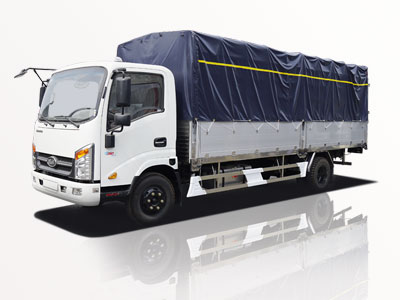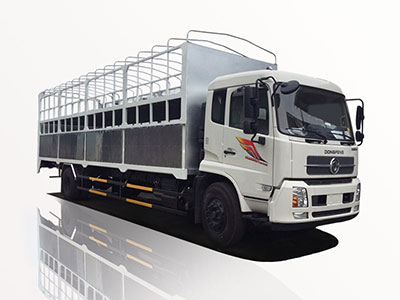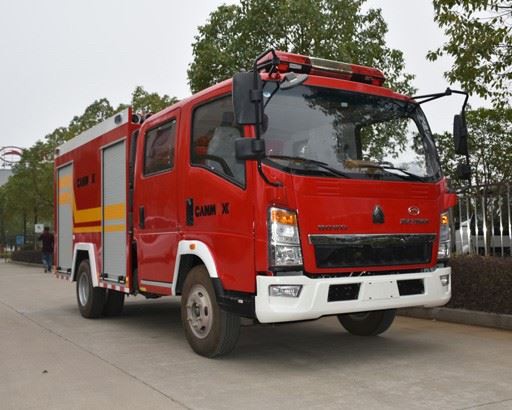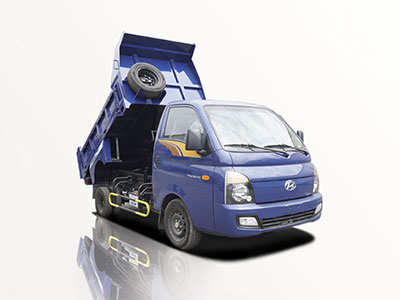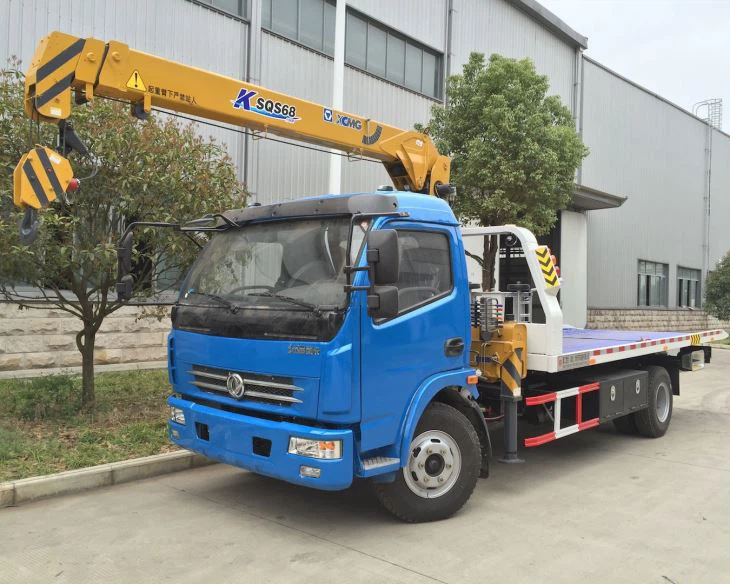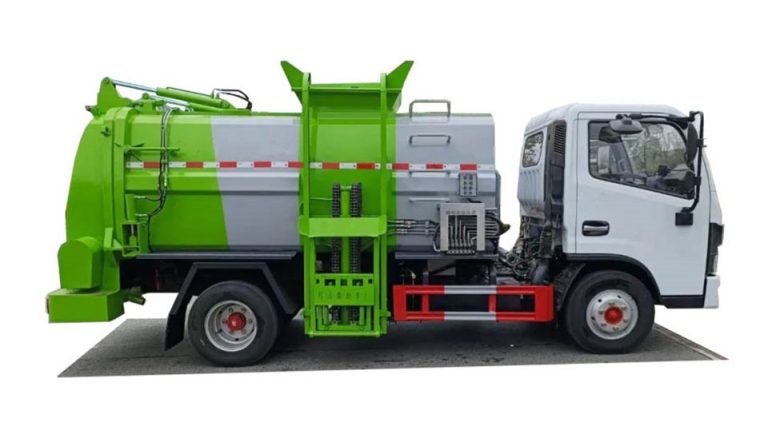When it comes to emergency responses, fire truck ladders play a crucial role in ensuring the safety of both firefighters and citizens. But just how high can these ladders reach? In this article, we’ll delve into the various types of fire truck ladders, their specifications, and the factors that influence their height. Understanding these elements can help you appreciate the capabilities of emergency services during high-rise rescues and firefighting operations.
Types of Fire Truck Ladders
1. Aerial Ladders
Aerial ladders are the most commonly known type of fire truck ladders. These are typically mounted on fire engines and can extend significant heights, providing firefighters with versatile access and vantage points. Aerial ladders are classified based on their reach and design.
Aerial Ladder Specifications
- Common heights range from 75 to 100 feet.
- Some advanced models can reach up to 150 feet.
- They can also have a range of 30-degree angles for better access.
2. Telescoping Ladders
Telescoping ladders operate by extending their sections like a telescope. These ladders are exceptionally flexible and can be adjusted to varying heights, allowing for access to different levels of a building.
Telescoping Ladder Specifications
- Typical reach is between 65 and 100 feet.
- Some models can extend to 130 feet or more.
3. Platform Ladders
Platform ladders are unique in that they include a platform where firefighters can stand safely during rescue operations or firefighting. These ladders are often used for high-profile events or in situations where a stable work area is needed.
Platform Ladder Specifications
- Standard heights range from 75 to 100 feet.
- Some advanced models can reach up to 150 feet.
Factors Affecting Ladder Height
1. Ladder Type
The type of ladder affects its maximum reach. Aerial ladders generally reach higher than ground ladders, which are designed for quick access but limited height.
2. Fire Truck Model
Different fire truck models come with varying specifications. Manufacturers design ladders based on the intended use, which contributes to their height and flexibility.
3. Building Height Regulations
Many cities have regulations that determine how high firefighting equipment needs to reach, influencing the design of new fire trucks accordingly.
4. Weight and Load Capacity
Fire truck ladders must be engineered to support the weight of multiple firefighters, equipment, and hoses. This capacity can affect how high they are designed to reach safely.
Common Uses of Fire Truck Ladders
1. Rescues from High-Rise Buildings
Fire truck ladders are vital during rescue operations in high-rise buildings, providing access to upper floors where traditional methods may be ineffective.
2. Roof Operations
Firefighters may need to reach rooftops to control fires or assess damage. Aerial ladders offer the necessary height for these operations.
3. Fire Fighting
Ladders are also essential for direct firefighting efforts. When dealing with large structures, higher ladders allow firefighters to spray water directly onto the fire while remaining at a safe distance.
Practical Tips for Firefighters Using Ladders
1. Understand Your Equipment
It’s crucial for all firefighters to understand the operational limits and capabilities of their ladders and trucks.
2. Ladder Placement
Proper placement of ladders ensures stability and safety. Always consider the position of the vehicle and the direction of potential hazards.
3. Regular Maintenance Checks
Regular inspections and maintenance of ladders are vital to ensure they are in working condition and meet safety standards.
Statistics on Fire Truck Ladder Heights
| Type of Ladder | Typical Maximum Height |
|---|---|
| Aerial Ladder | 75 – 150 feet |
| Telescoping Ladder | 65 – 130 feet |
| Platform Ladder | 75 – 150 feet |
Fire Truck Ladder Innovations
1. New Materials
Modern fire ladders are often made from lightweight, strong materials such as aluminum or composite materials, allowing for higher reaches without compromising safety.
2. Advanced Automation
Some of the latest technology includes automated ladder systems that can extend and maneuver at the push of a button, improving response times.
3. Smart Ladders
Emerging technologies are incorporating smart features, such as sensors to monitor load and height, creating safer responses during emergencies.
Comparing Global Fire Truck Ladder Heights
Various countries utilize different standards for the height of fire truck ladders based on building regulations and urban planning. Below is a comparative table of ladder heights across selected countries.
| Country | Typical Fire Truck Ladder Height |
|---|---|
| United States | 75 – 150 feet |
| United Kingdom | 90 – 120 feet |
| Germany | 100 – 135 feet |
| Japan | 100 – 140 feet |
| Australia | 80 – 125 feet |
Challenges Faced by Firefighters on Ladders
1. Wind Conditions
Strong winds can compromise the stability of a ladder and pose risks to firefighters on high ladders during rescue operations.
2. Space Constraints
In urban environments, tight spaces may limit how ladders can be placed and how effectively they can be deployed.
3. Structural Compromises
Firefighters must assess the stability of buildings during fires, as compromised structures may not withstand the weight of ladders or people.
Frequently Asked Questions
1. What is the average height of a fire truck ladder?
The average height can vary, but most fire truck ladders typically range from 75 to 100 feet.
2. Can fire truck ladders reach the top of skyscrapers?
Some fire truck ladders can reach heights of up to 150 feet, but this may not be sufficient for very tall skyscrapers, which can exceed 1000 feet.
3. How do firefighters secure themselves on the ladder?
Firefighters use safety harnesses and line attachments to secure themselves when working on ladders for enhanced safety.
4. Are there regulations governing fire truck ladder heights?
Yes, regulations vary by country and city, determining the necessary heights based on local building codes and fire safety standards.
5. What maintenance do fire truck ladders require?
Regular inspections, cleaning, lubrication, and thorough checks of mechanical functions are essential to maintain ladder safety and functionality.
6. How often are fire ladders tested?
Fire ladders are typically subject to routine testing and inspections per specific schedules, which can be monthly, quarterly, or annually, depending on local regulations.
